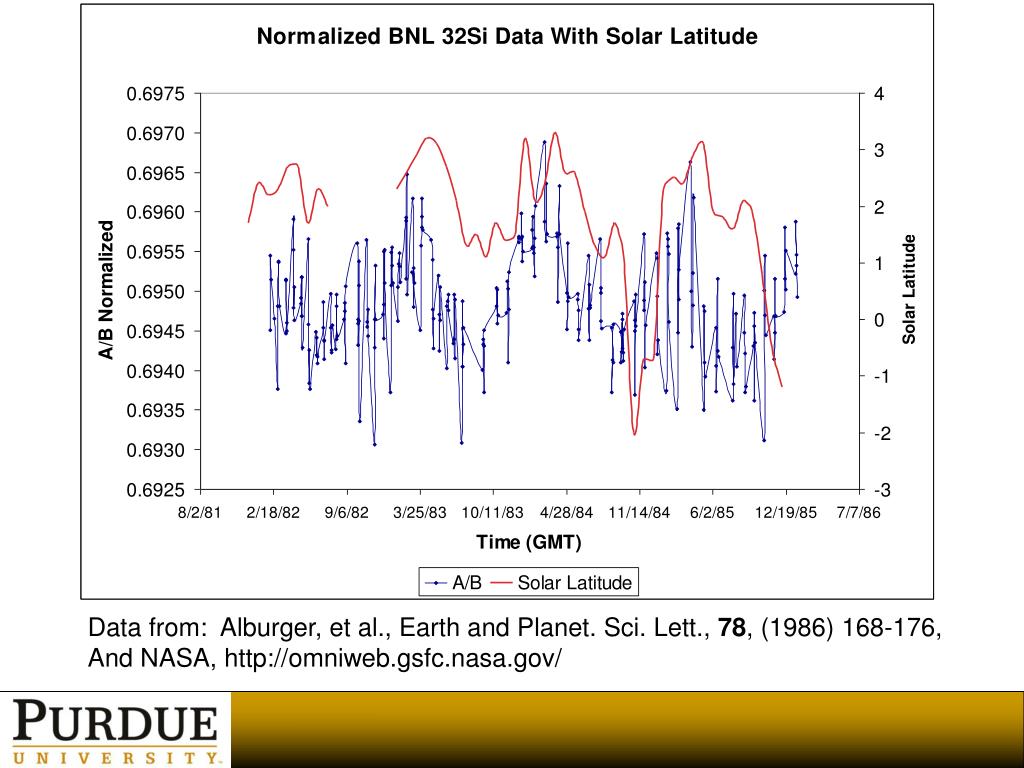

During the last two decades, the monitoring of SW at the L1 Lagrange point, located approximately 230 R E upstream, has provided a continuous data stream of the IMF and SW plasma parameters. Magnetospheric activity is controlled largely by the solar wind (SW) and its interplanetary magnetic field (IMF).
#OMNIWEB NASA PC#
We also discovered that the OMNI data are generally of a good quality when the PC index of geomagnetic activity correlates well with the solar wind-magnetosphere coupling factor suggested by Kan and Lee (1979, ). The remaining data set includes 42% of very good data ( CC ≥ 0.8), 33% of relatively good data (0.5 ≤ CC < 0.8 and PE ≥ 0), 10% of data having correct variability but wrong absolute values (0.5 ≤ CC < 0.8 and PE < 0), and 15% of poor data ( CC < 0.5). In roughly 20% of the analyzed data, low CC and PE values were the consequence of low IMF variability (a low signal-to-noise ratio). Confirming previous studies, we found that the prediction quality of actual IMF degrades continuously with increasing distance of OMNI spacecraft from the Sun-Earth line, with the amounts of poor and good predictions become nearly equal for R YZ ≥ 65 R E (they constitute ~12% of the entire database).

We used two metrics: Pearson correlation coefficient ( CC) and prediction efficiency ( PE). To test the quality of the OMNI database, we cross-correlate the 2-hr intervals of 1-min interplanetary magnetic field (IMF) data provided mostly by ACE and WIND spacecraft with Geotail measurements in front of the bow shock (10,409 cases in 1997–2016). The OMNI database is formed by propagating the solar wind measured at around Lagrange point L1, whose result may differ from the actual solar wind in the vicinity of the bow shock nose.


 0 kommentar(er)
0 kommentar(er)
